America’s national bird, the majestic bald eagle, doesn’t escape to tropical climates when winter arrives. Instead, these remarkable raptors have evolved a stunning array of adaptations that allow them to not just survive but thrive in some of North America’s harshest winter conditions. From the frozen lakes of Minnesota to the snow-covered forests of Alaska, bald eagles demonstrate remarkable resilience against freezing temperatures, limited food availability, and challenging weather patterns. Their winter survival strategies showcase nature’s ingenuity and the specialized adaptations that have helped these iconic birds persist for millennia in cold-weather environments.
Physical Adaptations for Cold Weather

Bald eagles possess remarkable physical features specifically designed to combat frigid temperatures. Their bodies are covered with approximately 7,000 feathers that provide exceptional insulation against the cold, with special downy underlayers that trap warm air close to the skin. These feathers are coated with an oil that makes them waterproof, allowing eagles to stay dry even when fishing in icy waters or during snowfall. An eagle’s legs and feet contain a specialized circulatory system called “rete mirabile” that minimizes heat loss by warming incoming arterial blood with outgoing venous blood. Additionally, their large body size relative to other birds provides a favorable surface-area-to-volume ratio, helping them retain body heat more efficiently during extended periods of cold weather.
Specialized Feather Structure
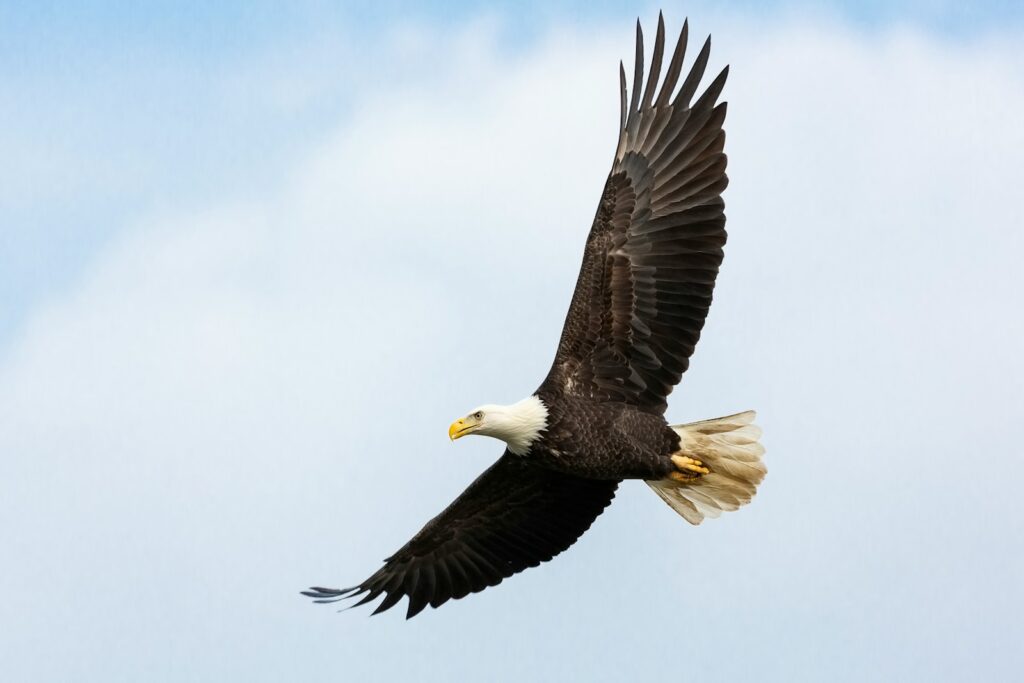
The feather structure of bald eagles plays a crucial role in their winter survival strategy. Unlike many bird species, eagles possess multiple layers of feathers that work together as a sophisticated insulation system. The outer contour feathers are tough and water-resistant, shielding the bird from precipitation and wind, while creating a barrier that prevents cold air from reaching the skin. Beneath these outer feathers lies a dense layer of down feathers that trap warm air close to the body, functioning similarly to high-quality winter gear used by humans. Eagles can also fluff their feathers to increase the amount of trapped air, effectively creating additional insulation when temperatures drop severely. These specialized feathers are maintained through regular preening, where the eagle applies waterproofing oil from a gland near the tail, ensuring optimal insulation performance even in the harshest winter conditions.
Winter Hunting Strategies
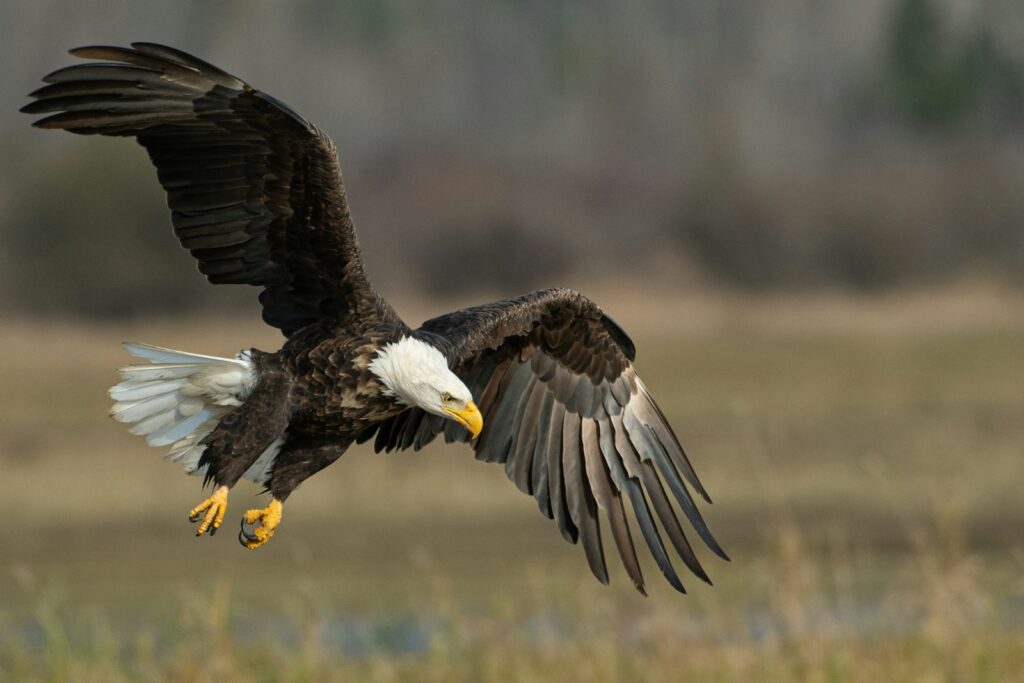
Bald eagles modify their hunting techniques significantly during winter months to adapt to changing prey availability. When lakes and rivers freeze over, eagles shift from primarily fishing to targeting waterfowl, small mammals, and carrion that become more accessible in winter landscapes. They often follow open water, frequently congregating below dams or along fast-moving sections of rivers that resist freezing, where fish remain accessible. Winter also brings opportunities in the form of weakened or deceased animals, and eagles become efficient scavengers, using their keen vision to spot carrion from great distances. Some eagles have been observed using cooperative hunting techniques in winter, where multiple birds will work together to flush waterfowl from open water, increasing their hunting success in challenging conditions.
Migration Patterns
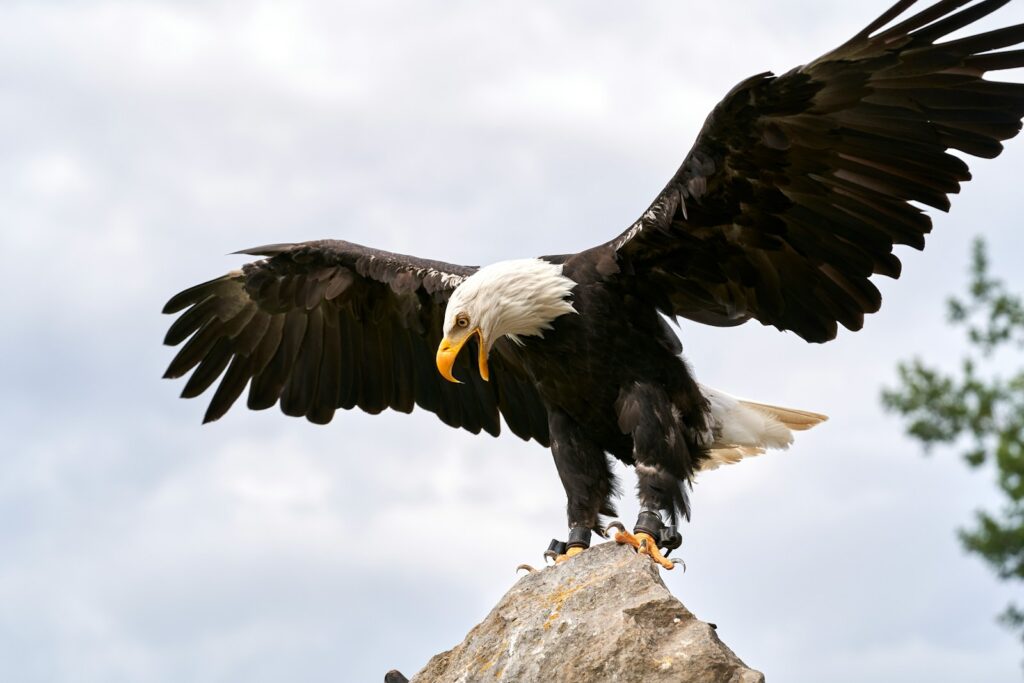
Not all bald eagles respond to winter in the same way, as their migration strategies vary dramatically based on location and food availability. Eagles in northern regions with completely frozen waterways typically migrate south to areas where water remains open and food resources are more accessible. These migrations can span hundreds or even thousands of miles, with the birds following specific routes that offer feeding opportunities along the way. In contrast, eagles in regions where some water remains unfrozen year-round may become partial migrants or completely non-migratory, staying in their territories throughout the winter. Research has shown that individual eagles often display site fidelity, returning to the same wintering grounds year after year, suggesting they develop specialized knowledge of specific winter habitats that provide reliable resources.
Winter Roosting Behavior
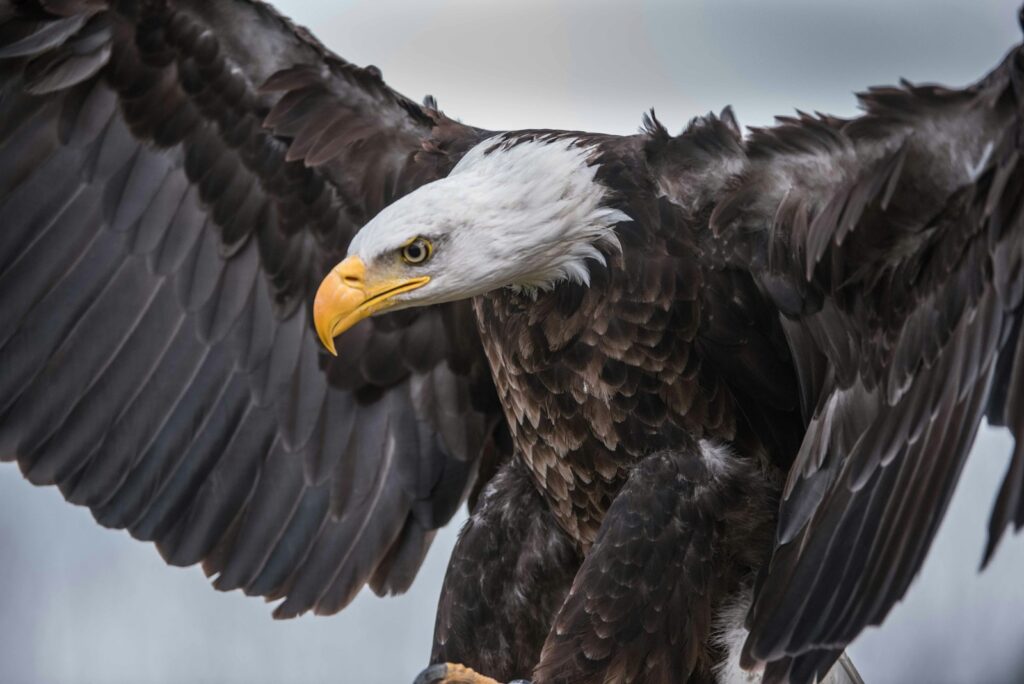
Bald eagles demonstrate fascinating communal roosting behaviors during winter months that significantly enhance their cold-weather survival. Unlike summer when pairs may roost separately, winter eagles often gather in large numbers—sometimes exceeding 100 birds—in protected stands of trees that provide shelter from wind and precipitation. These communal roosts typically feature mature trees with strong, horizontal branches that can support the weight of multiple eagles, and are often located near reliable food sources such as unfrozen water bodies or areas with abundant carrion. Eagles within these roosts benefit from shared body heat and increased vigilance against potential threats, while younger eagles may learn valuable information about local food resources from older, more experienced birds. These winter roosting sites are critically important habitats for eagle conservation and are often used across multiple generations of eagles.
Metabolic Adaptations
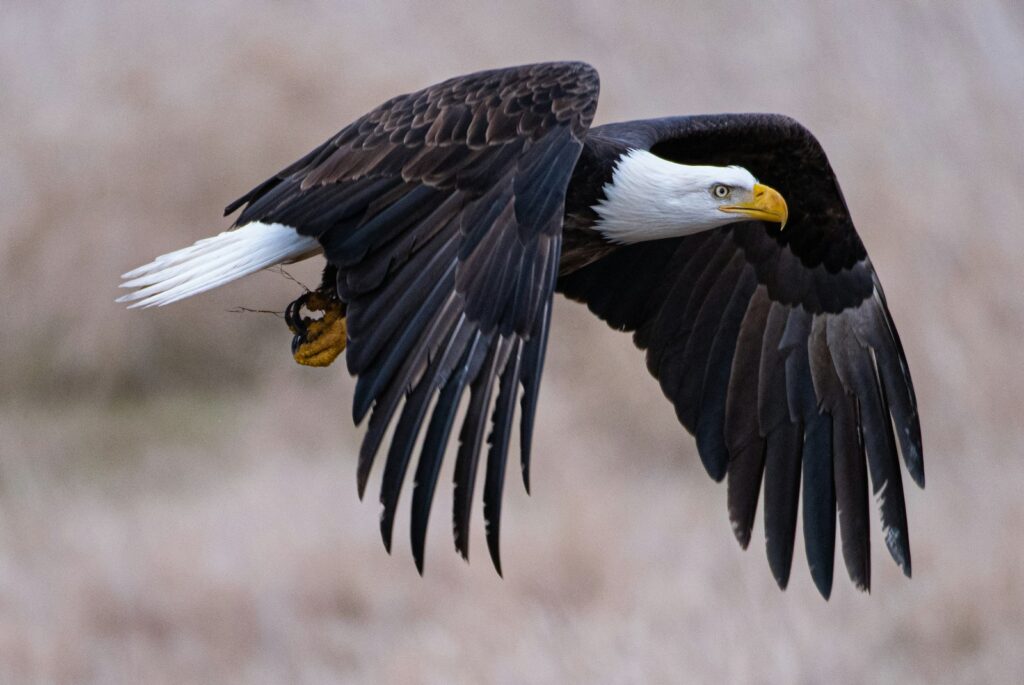
Bald eagles possess remarkable metabolic adaptations that help them survive extended periods of cold weather. Their basal metabolic rate—the energy required to maintain basic bodily functions—can be adjusted seasonally, increasing during winter months to generate additional body heat. Eagles also employ a strategy called nocturnal hypothermia, where they allow their body temperature to drop slightly during nighttime hours, conserving valuable energy resources when temperatures are at their lowest. During particularly harsh weather, bald eagles can enter a state of reduced activity, minimizing movement to conserve energy while relying on fat reserves built up during periods of abundant food. These metabolic adaptations work in concert with the eagle’s physical features to create an integrated cold-weather survival system that maximizes energy efficiency during the challenging winter months.
Cold-Weather Feeding Adaptations
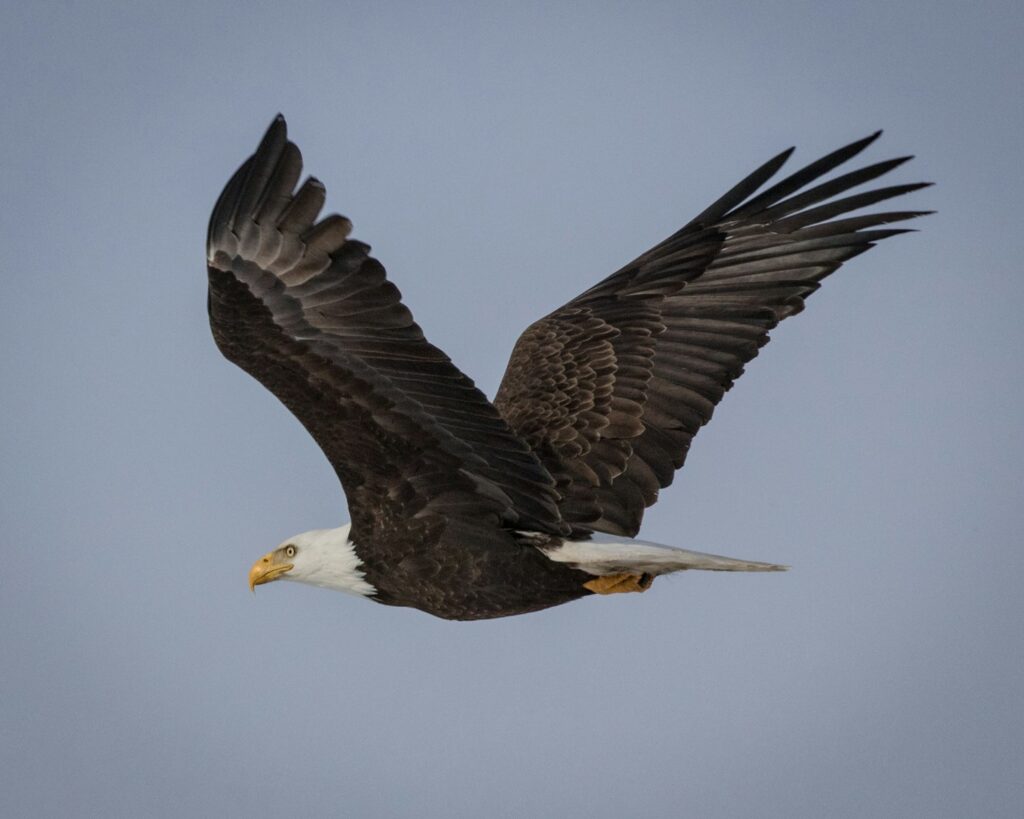
Winter presents unique feeding challenges that bald eagles overcome through specialized adaptations and behaviors. Their powerful talons and hooked beaks are perfectly designed for tearing frozen meat, allowing them to consume carrion even when it’s partially frozen. Eagles can consume large quantities of food when it’s available—up to two pounds in a single feeding—which enables them to survive several days without eating if necessary during harsh weather periods. Their digestive system efficiently extracts nutrients from cold-weather prey items, with a specialized two-part stomach that helps break down tough winter food sources. Eagles also demonstrate remarkable patience when feeding in winter, sometimes spending hours at a carcass, conserving energy while methodically consuming high-calorie portions first—such as fat and organ meat—that provide the most efficient energy return for their feeding effort.
Wind and Storm Protection
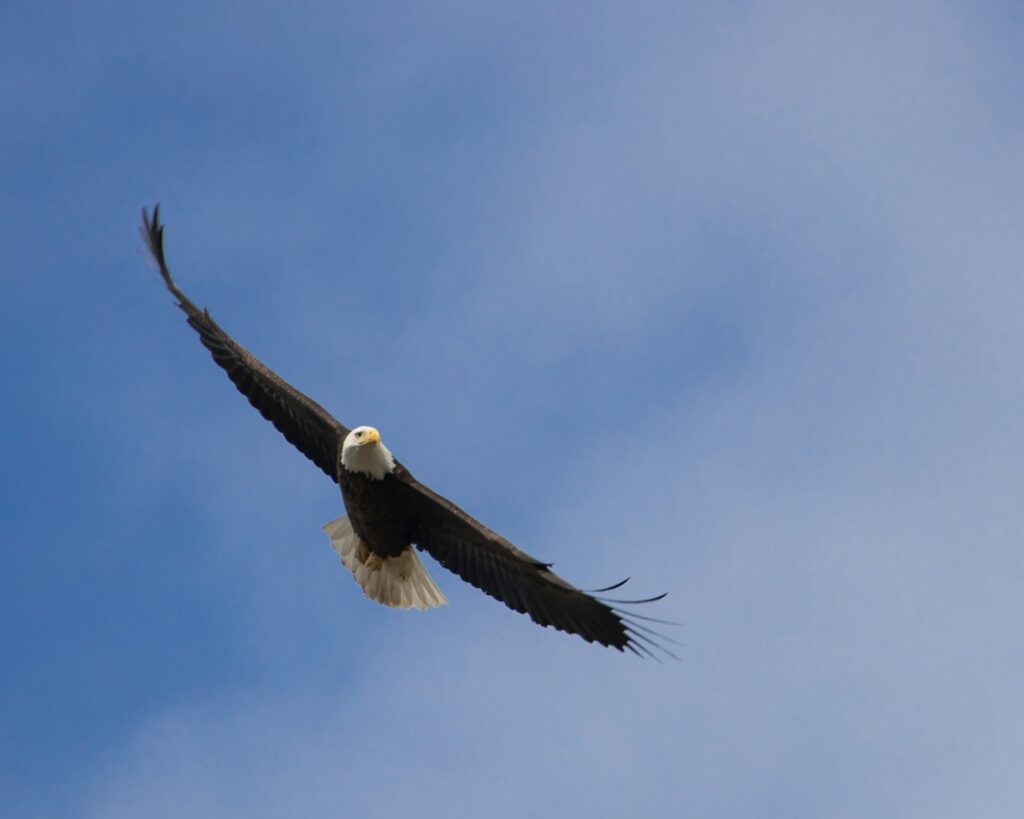
Bald eagles have developed specific behaviors to protect themselves during winter storms and high winds that could otherwise be deadly. During severe weather events, eagles typically seek refuge in protected areas, positioning themselves on the leeward side of large trees or geographical features that block the prevailing winds. Their streamlined body shape and ability to tuck their head into their feathers reduces exposure to windchill, which can be significantly more dangerous than still air at the same temperature. Eagles may remain motionless for extended periods during storms, minimizing energy expenditure until conditions improve. When forced to fly during windy conditions, bald eagles utilize their exceptional flight control and powerful wing muscles to maintain stability, and can rapidly adjust their feathers to compensate for shifting wind patterns.
Winter Congregations at Food Sources
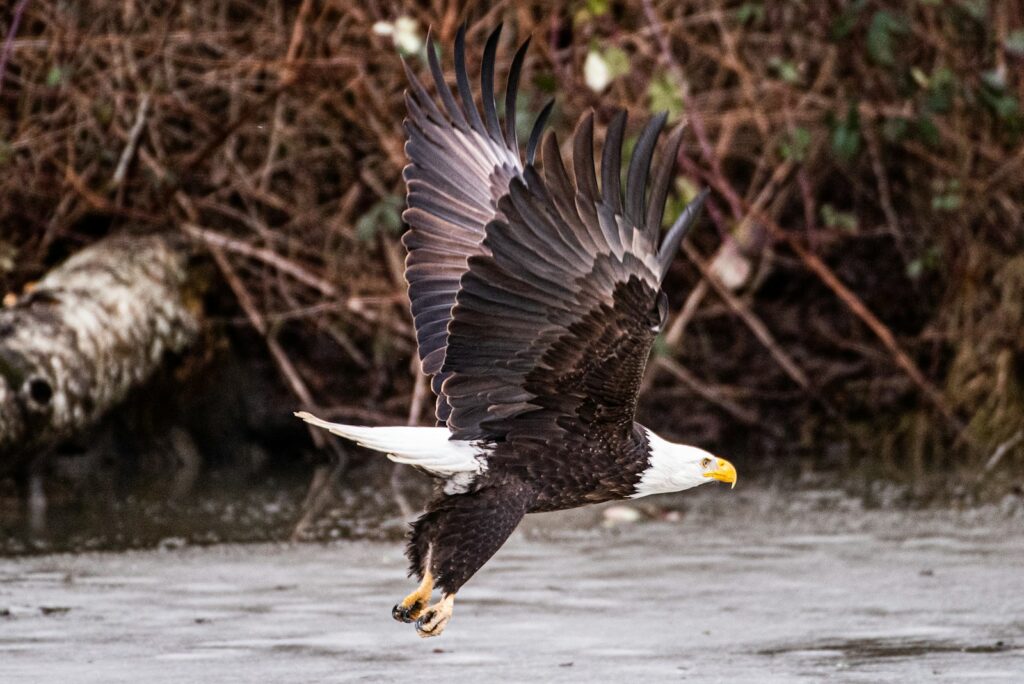
Winter food scarcity drives remarkable congregations of bald eagles at locations where food remains accessible, creating some of nature’s most spectacular wildlife gatherings. Along rivers where salmon runs occur, hundreds of eagles may gather to feast on the spawned-out fish, temporarily setting aside their normally territorial nature in response to the abundant food source. These congregations serve multiple purposes beyond feeding, functioning as information exchanges where eagles observe each other’s successful hunting techniques and inadvertently signal the presence of food to distant birds. Human-related activities also create winter feeding opportunities, with eagles congregating at fish processing plants, hunting gut piles, or in agricultural areas where livestock carrion might be available. These winter gatherings have become important ecotourism destinations in locations like the Chilkat River in Alaska and the Mississippi River in the American Midwest, where thousands of visitors come to witness these magnificent birds in large numbers.
Winter Breeding and Nesting Timeline
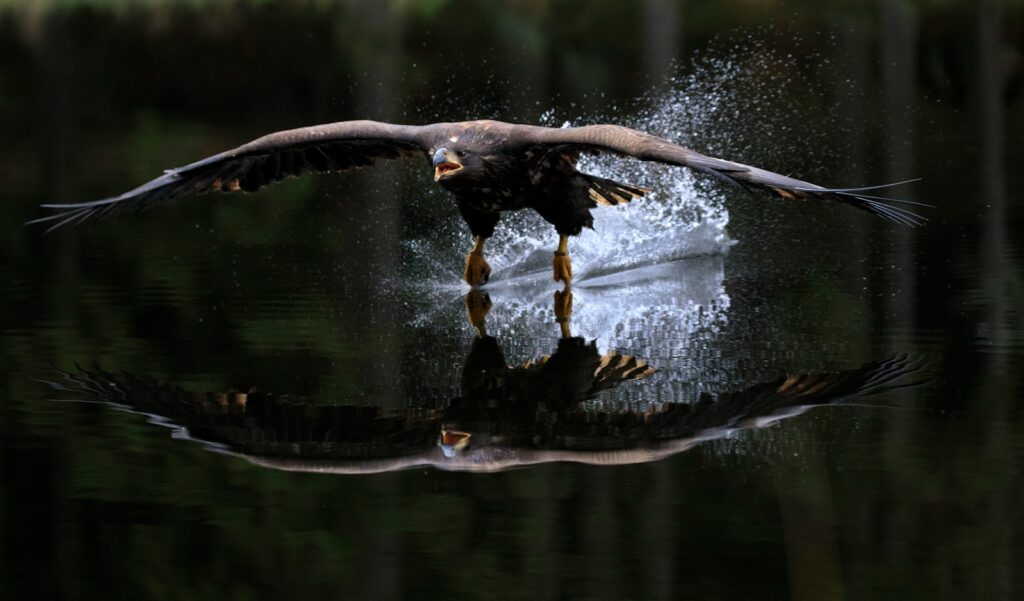
Unlike many bird species that breed in spring and summer, bald eagles actually begin their breeding cycle during the winter months in most regions. Eagles typically start nest-building or nest renovation activities in December or January, working on their massive structures even during snowfall or freezing conditions. This winter timing allows for an extended breeding season, with egg-laying often occurring in February or March when temperatures are still quite cold in many eagle territories. The female’s brood patch—a specialized area of skin with abundant blood vessels—allows for effective heat transfer to the eggs even in freezing conditions, while the parents take turns incubating to ensure neither bird suffers excessive cold exposure. This winter breeding schedule ensures that eaglets will hatch and develop during spring when food resources begin to increase, providing optimal conditions for the growing young.
Climate Change Impacts on Winter Survival
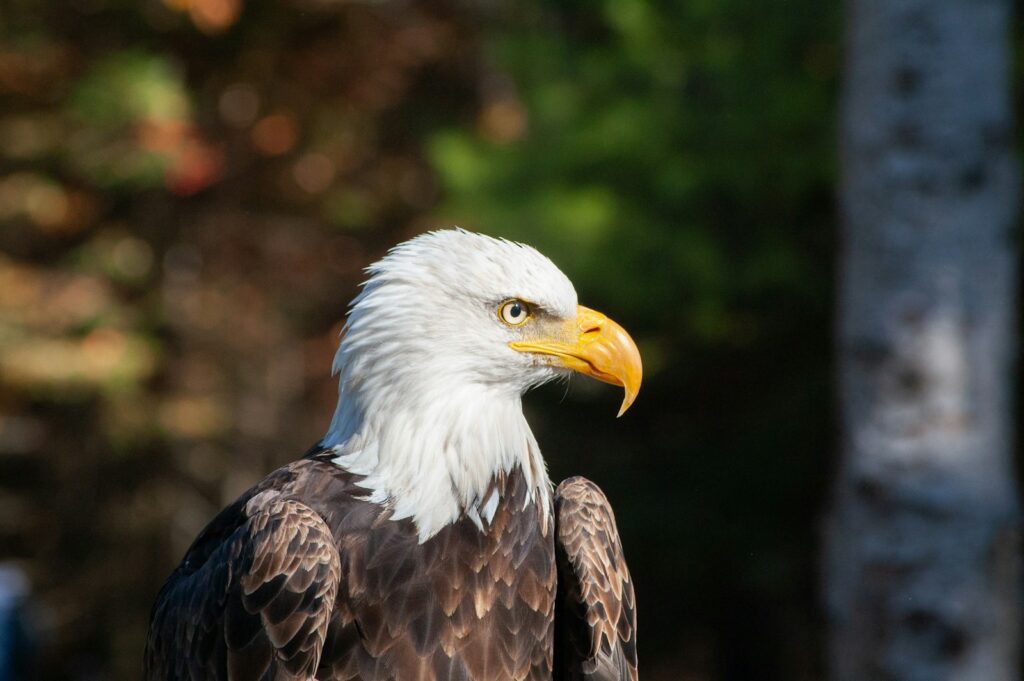
Climate change is creating new challenges and opportunities for bald eagles during winter months, altering long-established patterns of survival. Warmer winters in northern regions are leading to changes in ice coverage on lakes and rivers, potentially increasing winter fishing opportunities for eagles in areas that were historically frozen. Shifting patterns of prey availability—including changes in fish migrations and waterfowl distributions—are influencing eagle movement patterns and winter territory selection. Some eagle populations are demonstrating behavioral adaptations to these changes, with reduced migration distances or complete cessation of migration in areas where winter resources have become more reliable. However, climate change also brings increased weather unpredictability, including more frequent extreme weather events like ice storms and polar vortex conditions that can create acute survival challenges even for these well-adapted birds.
Conservation Considerations for Winter Habitat
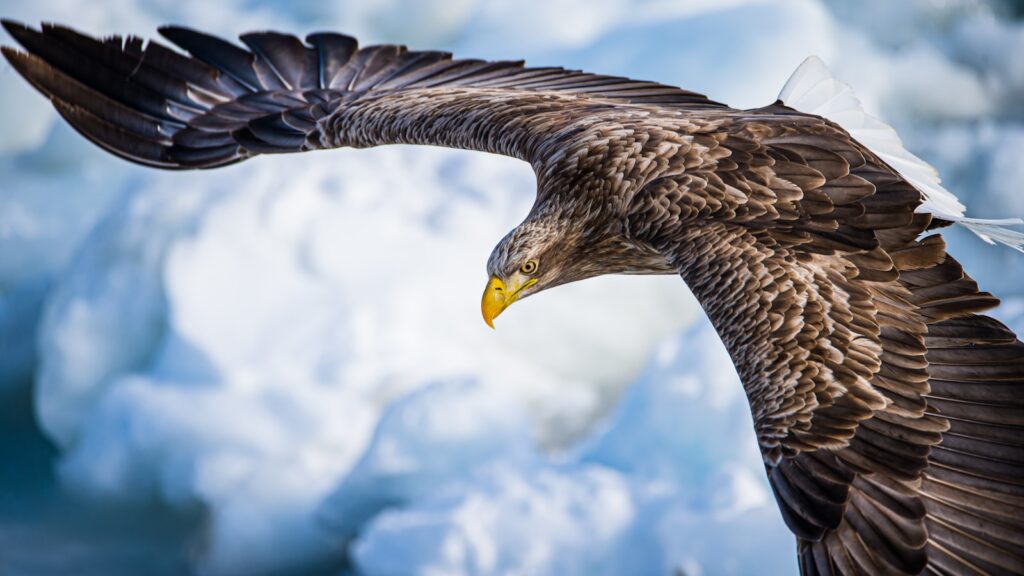
Protection of winter habitats remains a critical component of bald eagle conservation efforts, requiring specialized management approaches. Traditional eagle conservation focused primarily on breeding territories, but research has demonstrated the equal importance of preserving winter concentration areas where eagles gather for feeding and roosting. Protection of mature trees along waterways is particularly important, as these provide both roosting sites and perches from which eagles can hunt during winter months. Human disturbance remains a significant concern during winter, when eagles are under energetic stress and repeated disturbances can deplete critical energy reserves needed for survival. Conservation organizations now work with landowners to implement seasonal restrictions around important winter roost sites and feeding areas, creating protected zones that allow eagles to conserve energy during the most challenging season of the year.
Conclusion
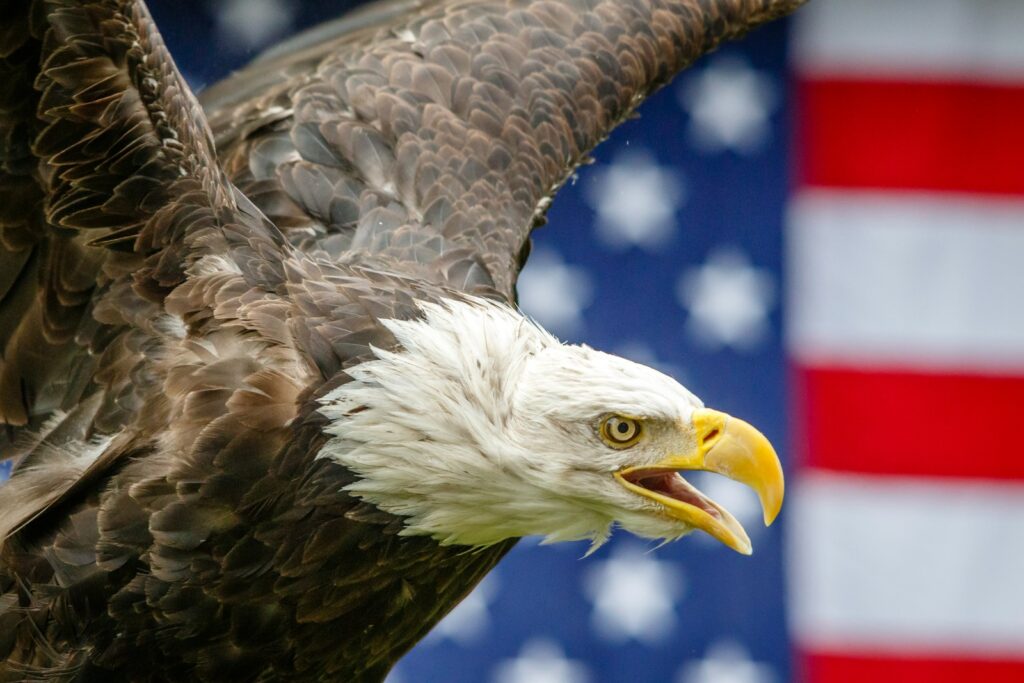
The bald eagle’s ability to survive and even thrive during harsh winter conditions represents one of nature’s most impressive examples of cold-weather adaptation. Through a combination of specialized physical features, behavioral strategies, and physiological mechanisms, these iconic birds have developed a comprehensive suite of survival tools that allow them to endure freezing temperatures and limited food availability. As climate patterns continue to change, bald eagles demonstrate both vulnerability and resilience—relying on age-old adaptations while showing remarkable flexibility in response to new conditions. Their winter survival story reminds us of nature’s ingenuity and the importance of protecting critical winter habitats that support these magnificent birds during the most challenging season of the year.

